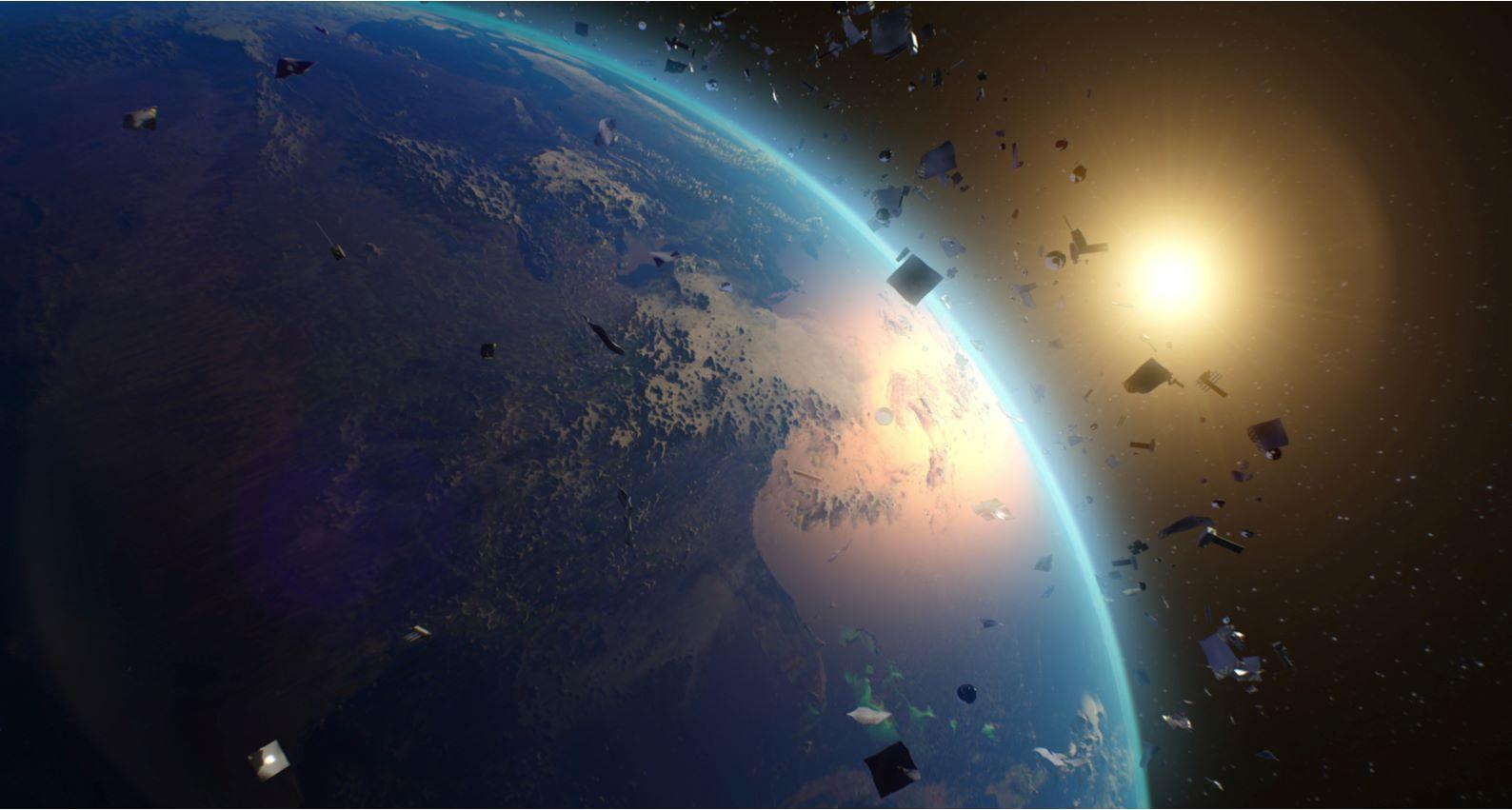Modern Technologies to Clean Up Space Debris
Published on 16 May, 2022

While space technologies are evolving and leading to the discovery of many facets of the universe, they are also creating space junk. Researchers, space engineers, and startups are deploying various technologies to remove these debris, since the materials floating around space can collide with a space station or satellite and damage it beyond repair. As space technologies continue to advance and increase space traffic, the process to monitor and clean space debris must become continuous and automatic.
Russia launched its first spacecraft Sputnik in 1957. Since then, other countries have been competing to send their manned and unmanned spacecrafts to space and other unexplored planets. Though this has resulted in a massive amount of information, it has also created space junk such as satellites, boosters, and defunct spacecrafts.
In 2021, NASA reported that a huge amount of debris was orbiting the earth. There are around 26,000 pieces of space junk roughly 10 cm in diameter orbiting at 17,500 mph and have the potential to destroy a satellite. Furthermore, there are 500,000 marble-sized pieces that could put an end to missions considering their ability to penetrate protective systems and critical infrastructure such as fuel tanks and spacecraft cabins. The much smaller debris are also dangerous as they can erode surface materials, penetrate fuel tanks, crack windows, and puncture a spacesuit.
Therefore, space engineers and researchers have come up with various solutions and technologies to clear up space debris. Some of the latest technologies are:
- Spinnaker3 – Purdue University engineers have developed a drag sail called Spinnaker3 that helps deorbit its own launch vehicle. As per the US law, space vehicles are required to deorbit within 25 years of terminating operations. This is usually achieved by a spacecraft using its thrusters to put it into the disposal orbit. However, these thruster systems and the additional fuel required for the final course change increase the satellites’ mass, raise costs, and reduce their capabilities. The Spinnaker3 drag sail could be the answer to these issues. Spinnaker3 has four carbon-fiber booms, each three meters long, that unfurl from the exterior of the launch vehicle’s upper stage. The sail is 194 sq ft and is made of CP1, a fluorinated polyimide developed by NeXolve. Spinnaker3 shortens the vehicle’s deorbit process from 25 days to 15 days. Faster deorbiting prevents a spacecraft from turning into space debris. Spinnaker3 was launched from Vandenberg Space Force Base, California, in November 2021 on a Firefly Aerospace Alpha rocket.
- ADR Services – OrbitGuardians is a US-based startup that provides active debris removal (ADR) services. It combines technologies such as computer vision, IoT, and AI for low-cost space debris removal. It acquires debris parameters and eliminates potentially dangerous targets by leveraging AI and IoT technologies. Low-cost ADR can clean up space debris smaller than 20 cm, thus making the space safer.
- Obruta (Tethered-Net Removal) – Novel methods such as tethered-net removal technology are being used to monitor debris. The net capture system depends on deployment masses that accelerate to push a net out of a container. This net then inflates while moving toward the target object. Once the object is captured, a tether line connection is established to the service spacecraft.
- ClearSpace One – A spin-off of Swiss EPFL Space Centre, ClearSpace is a startup that develops space clean-up technologies. Its small satellite solution ClearSpace One identifies, captures, and removes man-made space debris. The system has a giant four-armed claw that grabs debris and sends it to a lower orbit, where it burns on entering the Earth’s atmosphere.
While some of these technologies have already been deployed, others are at the testing stage. Space debris is a major threat as it can damage crucial satellites that we require in our daily lives for applications such as weather forecasting, telecommunications, and GPS.
International space agencies are implementing guidelines to ensure aerospace corporations design spacecraft that can minimize and even pick up existing debris. To reduce space junk and keep the low-Earth orbit free, there is a need for collaborative and concerted efforts on multiple fronts to both remove existing space debris and prevent generation of future junk. It is also a potential opportunity for entrepreneurs that can think of newer, cheaper, and faster ways to solve this problem.
How can Aranca help?
Aranca's Technology and Research Advisory team has the expertise to identify emerging technologies across sectors. We can help our clients identify startups for partnership or acquisitions. From an investment perspective, we are also capable of recognizing technologies that are at the research stage and can become disruptive in this domain. Our actionable insights can help our clients understand evolving technologies in this sector and make informed decisions.

